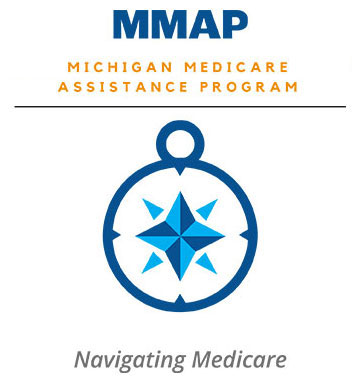Medicare beneficiaries who want to make changes to their prescription drug plans or Medicare Advantage coverage can do so starting Oct. 15 during the Medicare’s program’s annual open enrollment period. There will be somewhat fewer plans to pick from this year, but in general people will have plenty of options, experts say.
And although premiums aren’t expected to rise markedly overall in 2015—and in some cases may actually decline—some individual plans have signaled significantly higher rates. Rather than rely on the sticker price of a plan alone, it’s critical that beneficiaries compare the available options in their area to make sure they’re in the plan that covers the drugs and doctors they need at the best price.
The annual open enrollment period is also a once-a-year opportunity to switch to a private Medicare Advantage plan from the traditional Medicare fee-for-service plan or vice versa. Open enrollment ends Dec. 7.
Although the Centers for Medicare and Medicaid Services has released some specifics about 2015 premiums and plans, many details about provider networks, drug formularies and the like won’t be available until later this fall. Here’s what we know so far:
Standalone Prescription Drug Plans
The number of Part D standalone prescription drug plans (PDPs) will drop 14 percent, to 1001 plans. This is the smallest number of offerings since the Medicare Part D program began in 2006.
Even so, “seniors across the country will still have a choice of at least two dozen plans in their area,” says Tricia Neuman, director of the Program on Medicare Policy at the Kaiser Family Foundation (KHN is an editorially independent program of the foundation.)
The drug plan consolidations that are driving the reductions in choices will likely shift many beneficiaries into lower cost plans, resulting in an average premium decline of 2 percent, to $38.95, according to an analysis by Avalere Health.
But that overall average premium obscures significant price hikes by some of the biggest plans. The average premium for the WellCare Classic plan, for example, will increase 52 percent in 2015, to $31.46, while the Humana Walmart RxPlan premium will rise 24 percent, to $15.67, according to Avalere.
Insurers are expected to continue to shift more costs to beneficiaries next year. The percentage of PDP plans with no deductible will decline to 42 percent from 47 percent, and,once again, about three quarters of plans won’t offer any coverage in the “donut hole”— the coverage gap in which beneficiaries are responsible for shouldering a greater share of their drug costs.
Underscoring the importance of evaluating plan options, 70 percent of standalone drug plan members will likely see their premiums increase if they stick with the same plans in 2015, says Ross Blair, senior vice president for eHealthMedicare.com, an online vendor.
Seniors, though, have historically not voluntarily switched plans in great numbers during annual enrollment. Between 2006 and 2010, on average only 13 percent did so,according to a 2013 analysis by researchers at Georgetown University, KFF and the University of Chicago.
Medicare Advantage
Enrollment in Medicare Advantage plans continues to grow: 30 percent of Medicare beneficiaries are now in the private plans, which typically are managed care plans that often provide additional benefits such as vision and dental coverage. Concerns that Medicare Advantage plans would disappear in large numbers as the health law gradually reduces their payments to bring them in line with the traditional Medicare program have proven unfounded to date. In 2015, the number of plans will drop by 3 percent, to 2,450, continuing a gradual decline.
“You still have lots of plans and robust selection,” says Caroline Pearson, vice president at Avalere Health, a research and consulting firm. Some parts of the country appear to be harder hit by plan reductions than others, including the Southeast and mid-Atlantic regions, Pearson says.
Medicare Advantage coverage has always been concentrated in health maintenance organizations, and this trend will continue in 2015. The number of HMOs will increase by 1.5 percent, to 1,747, while the number of preferred provider organizations will drop by nearly 9 percent, to 541, according to Avalere. About two-thirds of Medicare Advantage beneficiaries are currently in HMOs, while 31 percent are in PPOs.
The average premium will increase by $2.94 to $33.90, but nearly two-thirds of beneficiaries won’t see any premium increase, according to CMS. Like standalone drug plans, however, fewer Medicare Advantage drug plans will offer no deductibles and gap coverage, according to Avalere.
“It’s one example of how plans are tightening up coverage,” and pushing more costs onto consumers, says Pearson.



